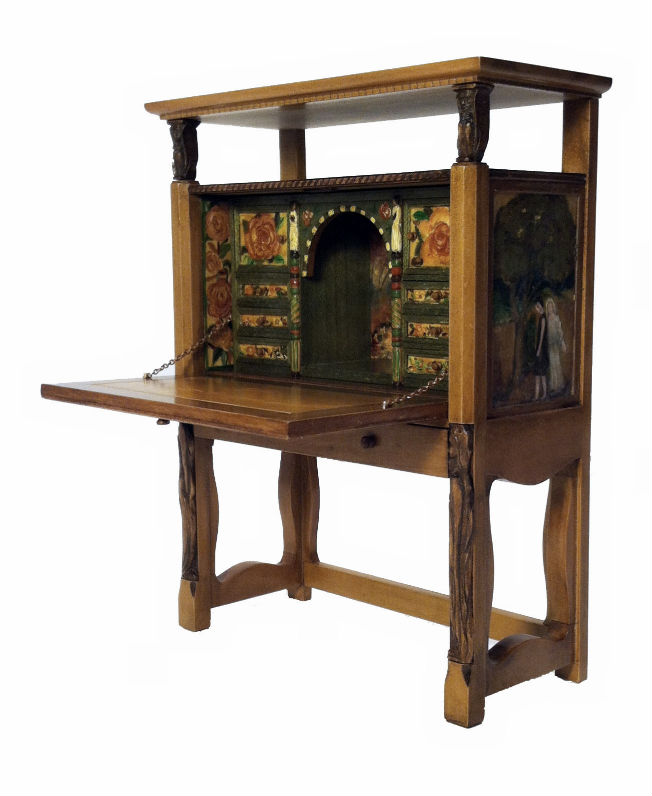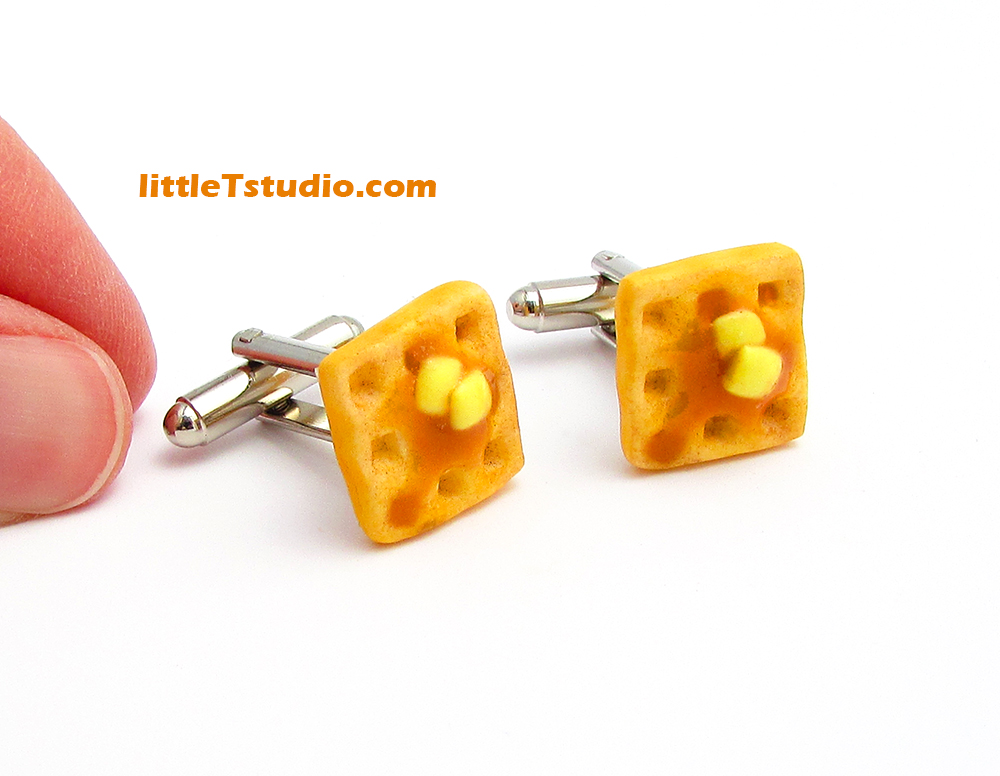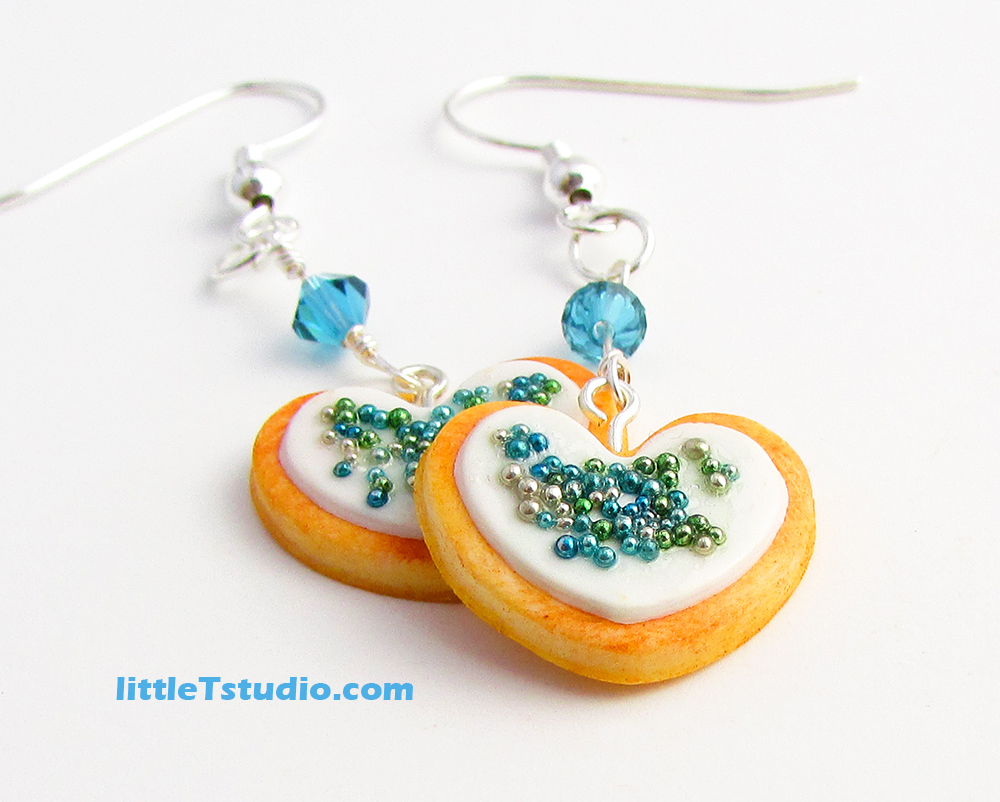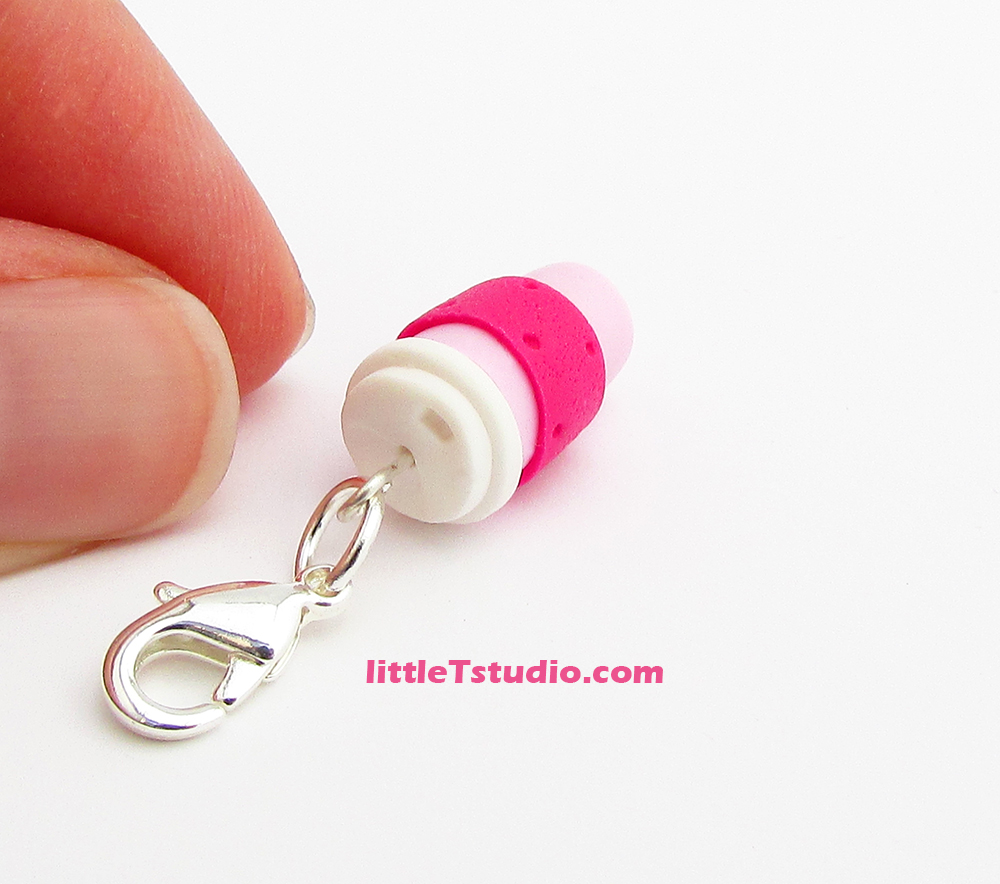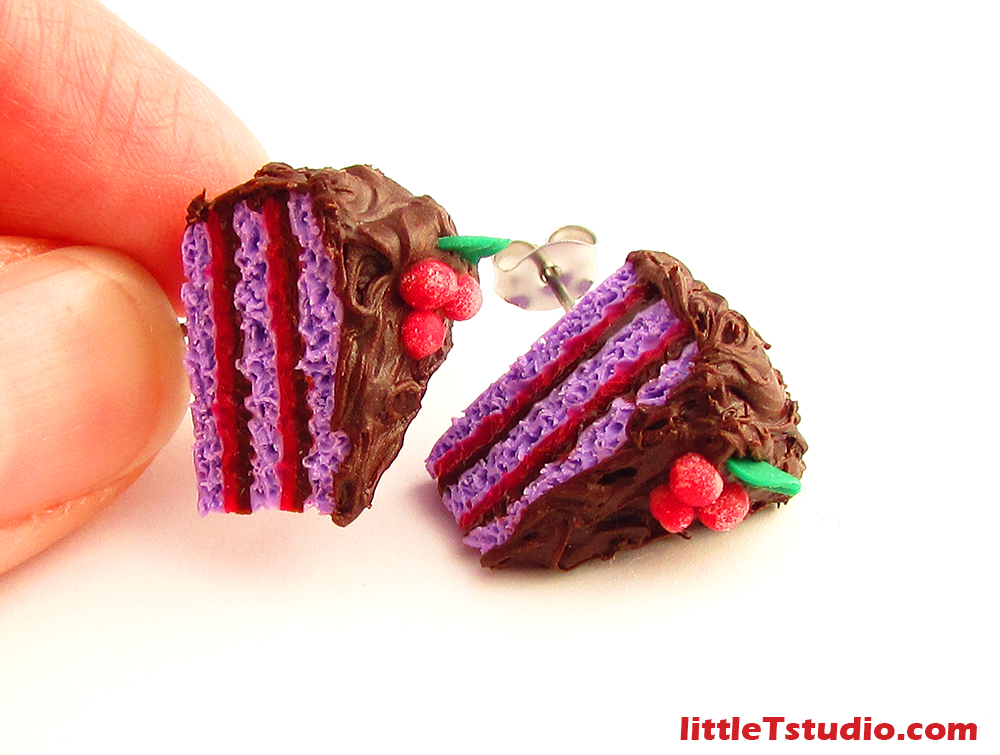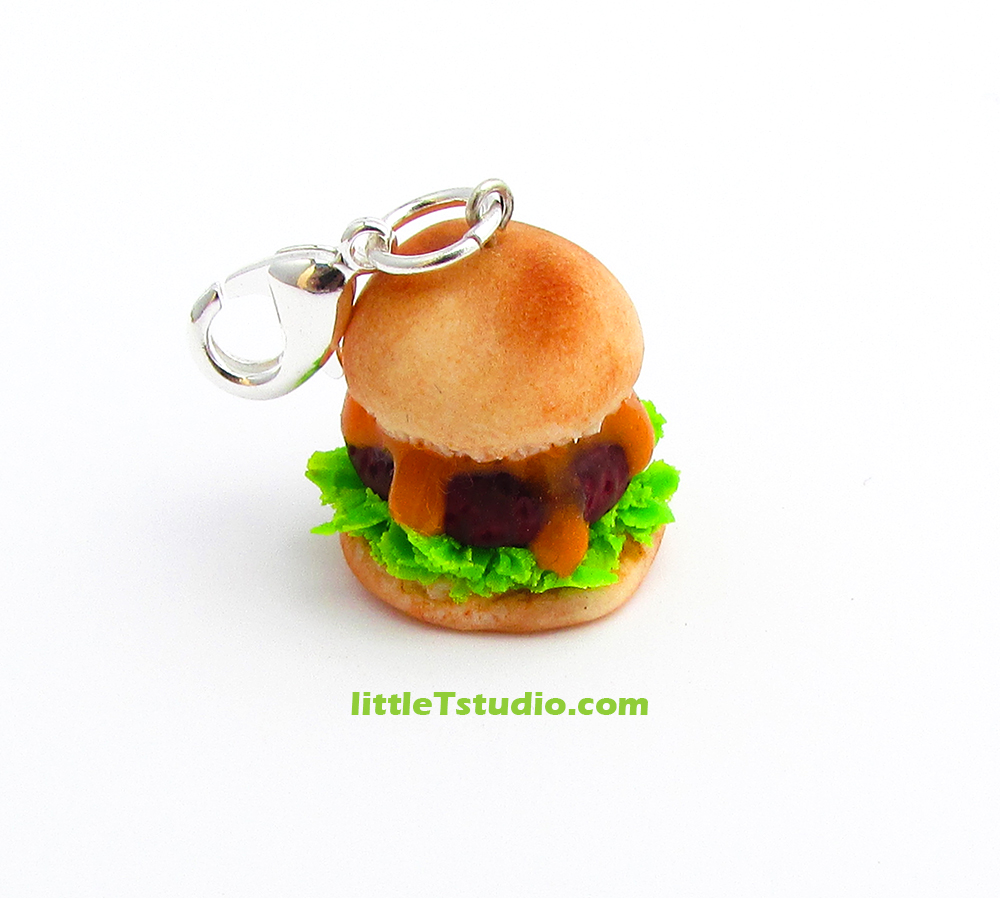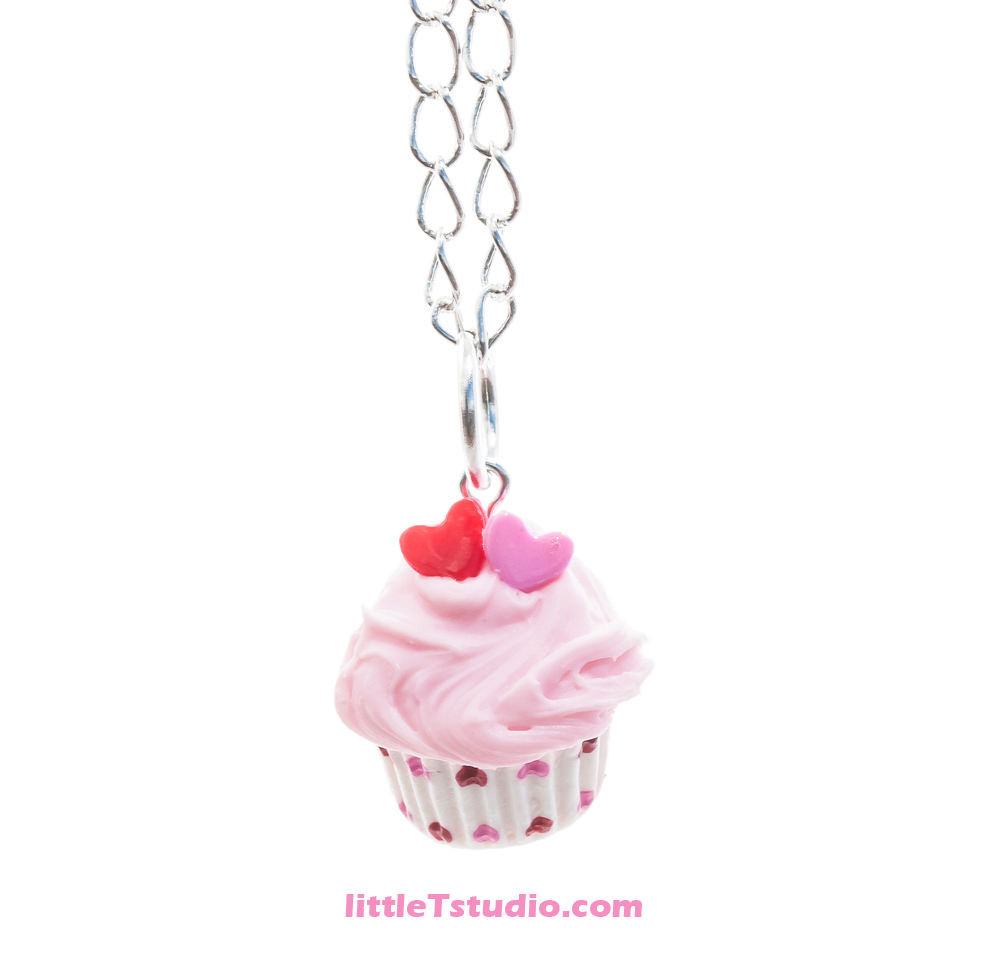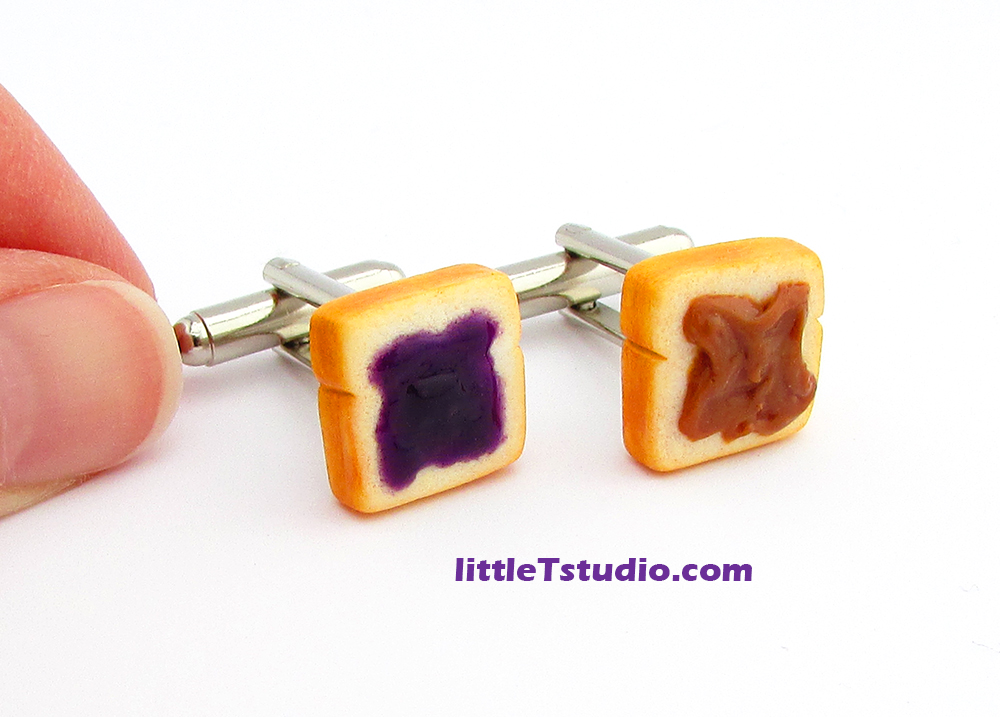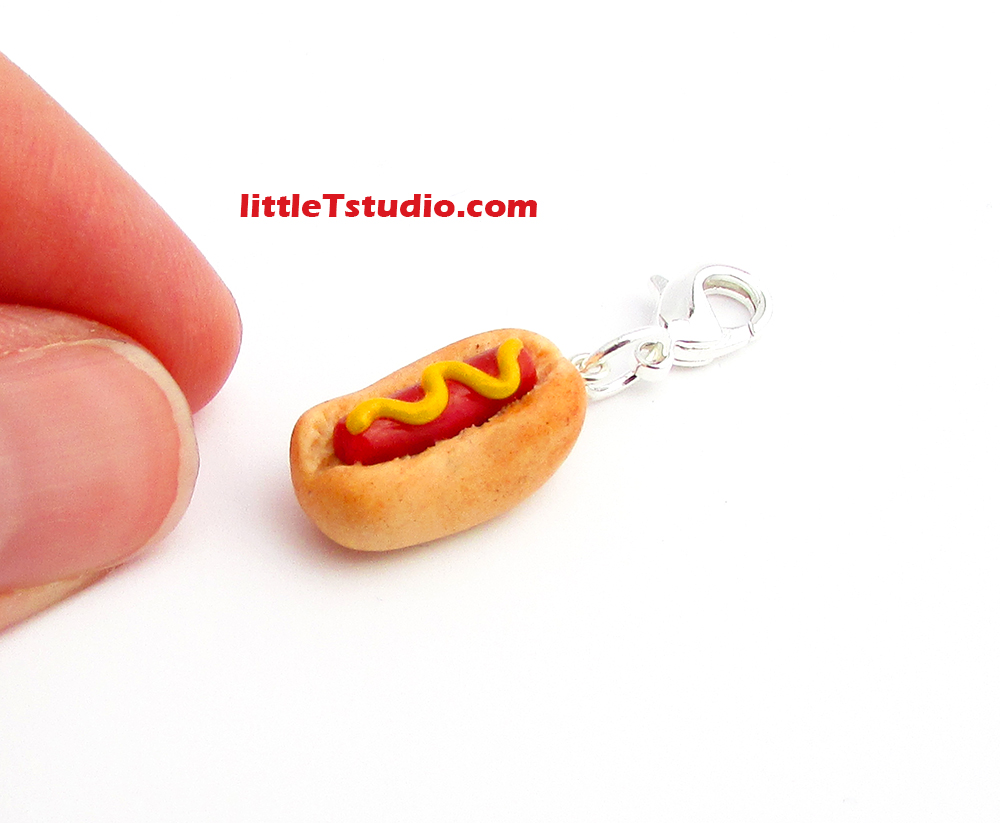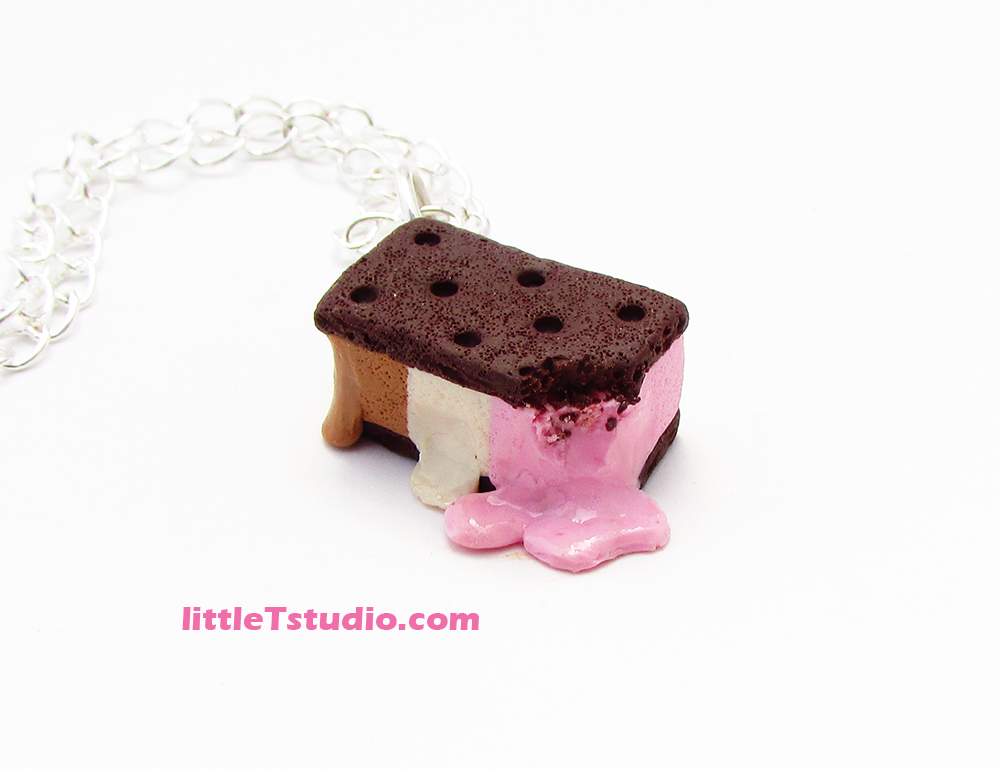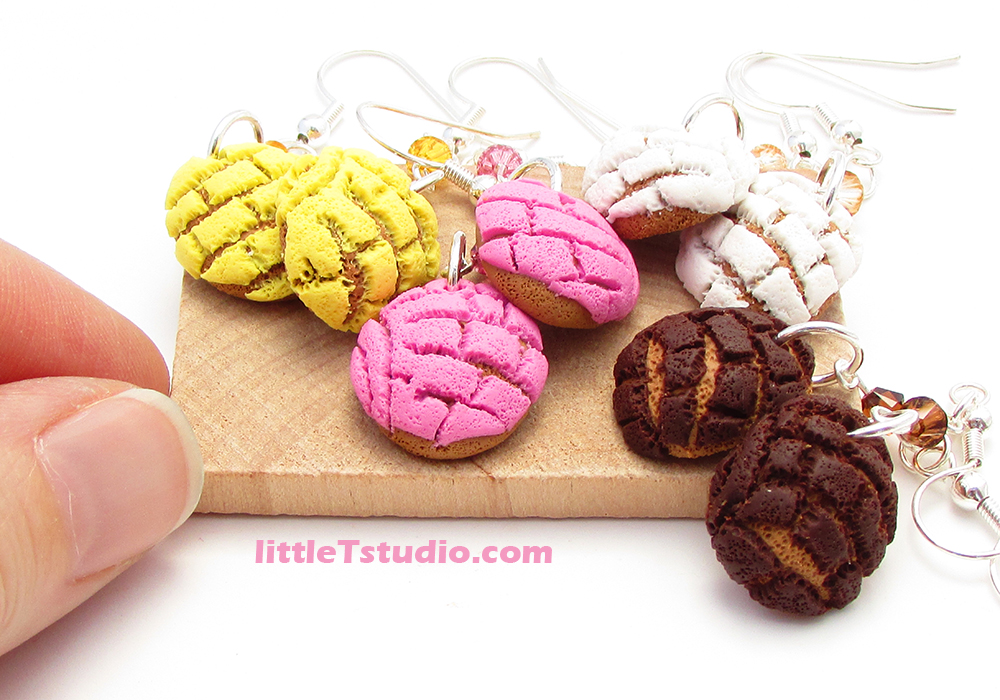Marty Stark of Lilliput Land
| Website |
What’s your earliest memory with miniatures? How did Lilliput Land come to be in 1976?
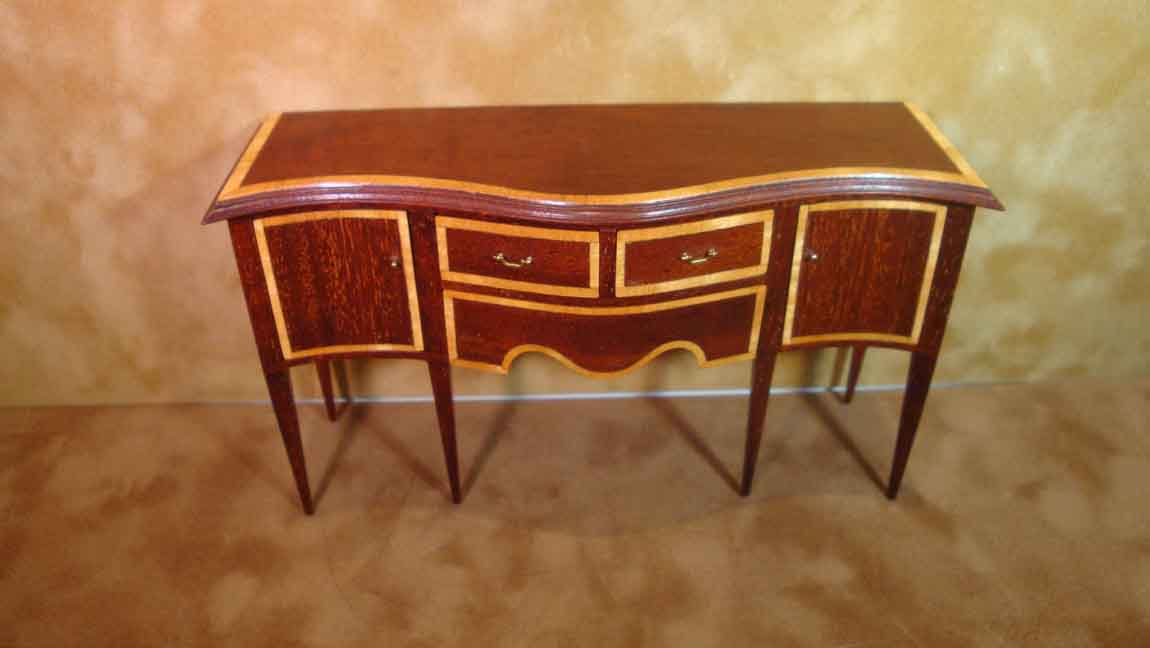 Well, I wasn’t a child when I got involved in miniatures. I’m a crafty guy, I’ve always had a workshop. When I lived on Long Island my space was filled with table saws, radial arm saws, and more. Eventually my mother decided to go into business. She had amassed thirteen dollhouses; it was quite the collection. We had Cape Cod dollhouses, brownstones, and colonials. As a teacher, I would take my free time and work in the store. I worked long hours, and that was the arrangement for 10 years. Once the shop’s rent doubled, we decided to go the show route. Early on, my mom did about 24 shows a year. As she got older, we still did about 12 shows a year and I would do the four biggest with her.
Well, I wasn’t a child when I got involved in miniatures. I’m a crafty guy, I’ve always had a workshop. When I lived on Long Island my space was filled with table saws, radial arm saws, and more. Eventually my mother decided to go into business. She had amassed thirteen dollhouses; it was quite the collection. We had Cape Cod dollhouses, brownstones, and colonials. As a teacher, I would take my free time and work in the store. I worked long hours, and that was the arrangement for 10 years. Once the shop’s rent doubled, we decided to go the show route. Early on, my mom did about 24 shows a year. As she got older, we still did about 12 shows a year and I would do the four biggest with her.
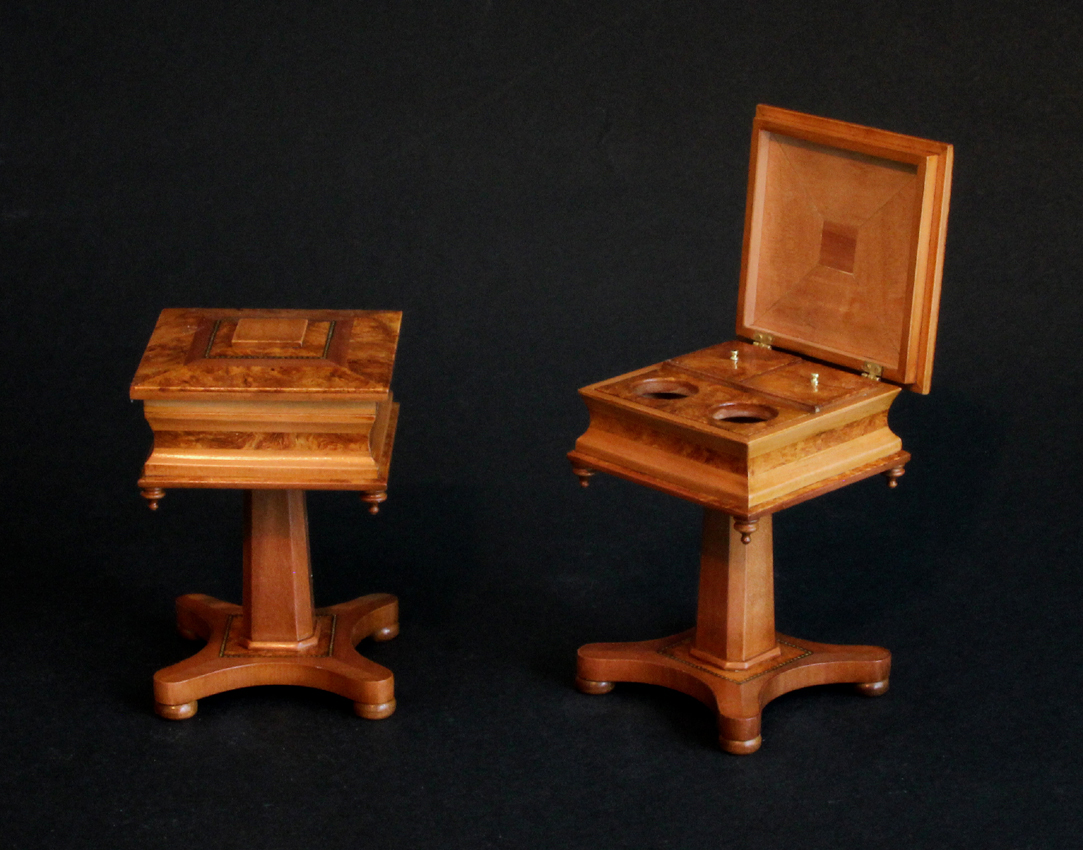 My mother was diagnosed with cancer and was intubated for over four months in Florida. This was her fourth episode with cancer. I was down there every other week and kept the business going all that time. I spoke to my wife about keeping the business going once my mother woke up. They pulled her out of the ICU at Boca Raton without my permission and it was a long process of recovery after that. She wasn’t the same. After the first year of her rehab, I redesigned the whole company. I changed the table format, amended the buying and selling procedures, and built the website from scratch. I did it all myself. I hoped that as she recovered, her interest in miniatures would be rekindled. However, her interest waned and she sold lots of her collection. I decided to give things a trial to see how it would work out. For the first few years, I sold at six shows per year. Then, we cut it down to four.
My mother was diagnosed with cancer and was intubated for over four months in Florida. This was her fourth episode with cancer. I was down there every other week and kept the business going all that time. I spoke to my wife about keeping the business going once my mother woke up. They pulled her out of the ICU at Boca Raton without my permission and it was a long process of recovery after that. She wasn’t the same. After the first year of her rehab, I redesigned the whole company. I changed the table format, amended the buying and selling procedures, and built the website from scratch. I did it all myself. I hoped that as she recovered, her interest in miniatures would be rekindled. However, her interest waned and she sold lots of her collection. I decided to give things a trial to see how it would work out. For the first few years, I sold at six shows per year. Then, we cut it down to four.
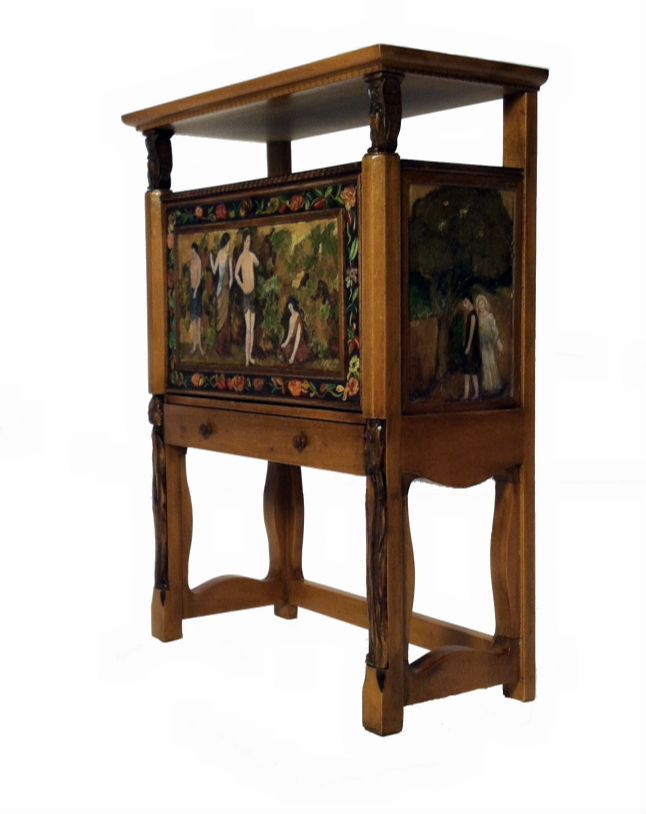 My mother was a tough, consummate sales lady. She taught me what not to do. I have an MBA in Finance, and I know how to run a business. I taught economics for over 30 years. So I know how consumers want a sales rep to approach them and how best to react.
My mother was a tough, consummate sales lady. She taught me what not to do. I have an MBA in Finance, and I know how to run a business. I taught economics for over 30 years. So I know how consumers want a sales rep to approach them and how best to react.
Who are some of your favorite artisans?
My favorite artisan has been and always will be Neil Bateson. He is by far the best artisan I have seen in my life. I’d say the best active artisan today is Mark Gooch.
What miniature events would you recommend to miniature enthusiasts?
My favorite show is also the hardest one: Chicago International. I believe Tom Bishop to be the best organizer.
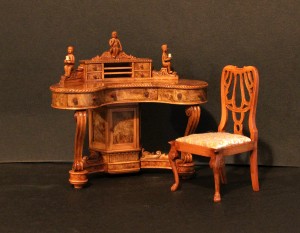 What is the most memorable miniature you have ever seen?
What is the most memorable miniature you have ever seen?
I have two memorable pieces in mind. First, Neil Bateson’s secretariat, based on George III’s and made out of rare Indonesian wood called amboyna. And the second piece is a kidney-shaped amboyna desk with a rotating top and hidden drawers. These both come to mind as the most incredible pieces I’ve seen.
Another interesting piece was the combining of Mark Gooch’s carving and furniture skills with June Clinkscales’ painting skills. The museum quality settle (pictured to the left) 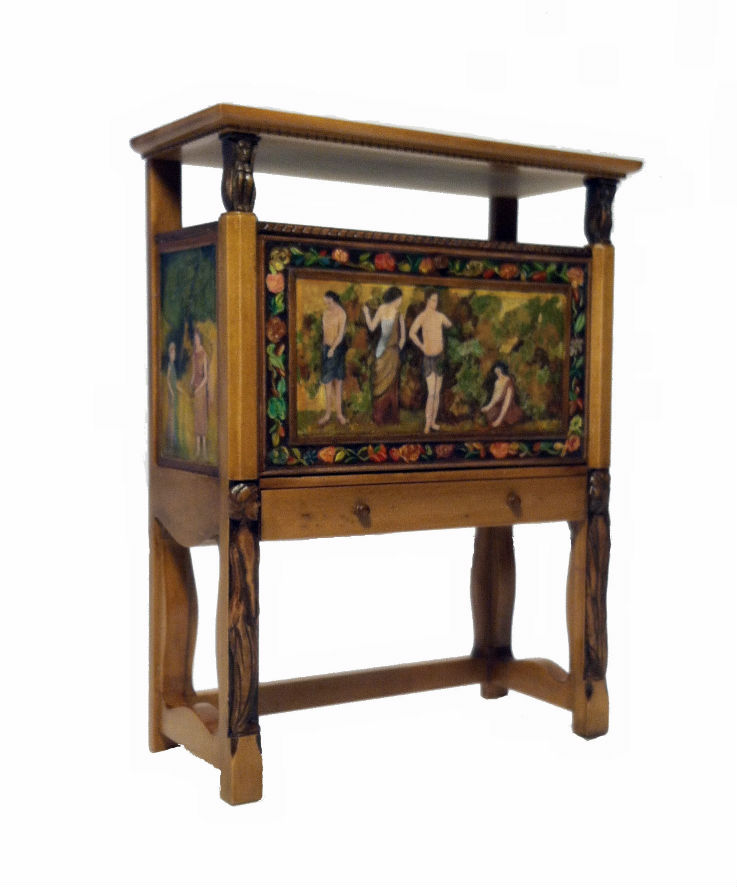 is a replica of a piece found in Wrightwick Manor. The four painted panels, done in oil, are of classic Tudor figures that have both a human and religious quality. If you check out the oak original, you’ll find that their rendition is right on target. Additionally, Mark included dove-tailed drawers and a silk seat, top and sides.
is a replica of a piece found in Wrightwick Manor. The four painted panels, done in oil, are of classic Tudor figures that have both a human and religious quality. If you check out the oak original, you’ll find that their rendition is right on target. Additionally, Mark included dove-tailed drawers and a silk seat, top and sides.
Other hobbies you enjoy?
The miniature market and buyers have both decreased since Lilliput Land, Inc. has been in business. The 2008 recession really turned the corner on the miniature industry. Most hobbies are expensive and require extra income beyond what a person makes.
The same is true of my hobby of collecting trains. When I actively collected strains, I would put away money in an envelope for the shows I attended. I’ve always been in love with that sort of stuff. I used to collect coins and hobbies were always a big thing for me. You could say I’m a professional hobbyist!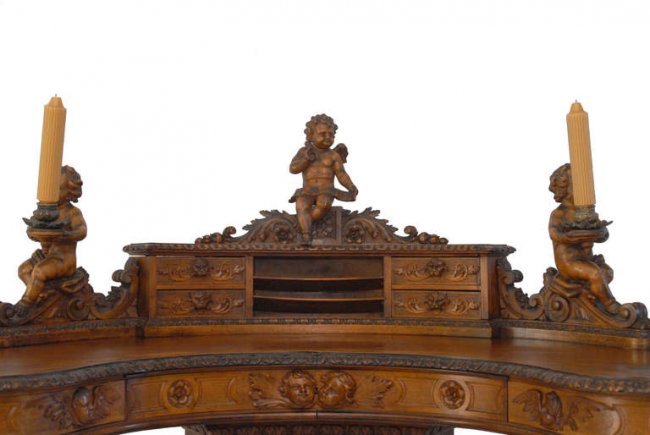
Advice for beginner entrepreneurs or miniaturists?
Starting any business in today’s age is not easy. Starting a miniature business and expecting to make a living on it without resources is going to be difficult. For most people, it’s a part time business. The reason my business has survived so long is because I created a niche where my items are generally one-of-a-kind, researched by me, and in that sense, I create them. I look online, find designs, and then I redesign them. I have also made miniatures on my own in classes, and I know how difficult it is to come to a “perfect” result.
 A great example is this desk [pictured to the left: Renaissance Revival Desk by Valentino P. Besarel carved with full figure cherubs, panels carved in relief]. I redid the design so that the legs were original, but of our own making by replacing the cherubs on the bottom so it would fit the rest of the desk. The side drawers slide outward, and the small center drawers utilize the chin on the lion mask as their pull. The desk is of demilune shape, centered by a locking cabinet. Most of my pieces are like that: I work with artists that will do that. And I never make more than four of anything. Look for this work at the Chicago International in April.
A great example is this desk [pictured to the left: Renaissance Revival Desk by Valentino P. Besarel carved with full figure cherubs, panels carved in relief]. I redid the design so that the legs were original, but of our own making by replacing the cherubs on the bottom so it would fit the rest of the desk. The side drawers slide outward, and the small center drawers utilize the chin on the lion mask as their pull. The desk is of demilune shape, centered by a locking cabinet. Most of my pieces are like that: I work with artists that will do that. And I never make more than four of anything. Look for this work at the Chicago International in April.
Anything else you would like to add? What do you want miniature fans to know about you?
Reputation has always been important to me. Be as honest as you can be. Integrity is an important part of my business. It’s important that people know what they’re getting is exactly what I say it’s going to be. You never have to worry about me, because I will always bend over backwards. I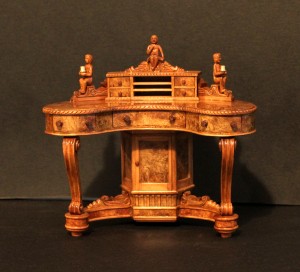 ’ve never had a bad check in all the years I’ve been doing this business. And that’s something I’ve always prided myself on. My philosophy of decoration has been that every piece in your house does not have to be a collector’s piece. You ought to pick a piece that the eye can focus on, whether it’s in a roombox or a dollhouse room. You can finish the rest of the room around that particular piece. I may not have the accoutrements necessary for the room, but there’s no need to put a collector’s piece in every corner of the room. You want one piece to shine. Don’t overcrowd a room. Every time I make a piece of my own, I give it to my daughter. That way, there’s not only major artisans represented in her dollhouse, but also me.
’ve never had a bad check in all the years I’ve been doing this business. And that’s something I’ve always prided myself on. My philosophy of decoration has been that every piece in your house does not have to be a collector’s piece. You ought to pick a piece that the eye can focus on, whether it’s in a roombox or a dollhouse room. You can finish the rest of the room around that particular piece. I may not have the accoutrements necessary for the room, but there’s no need to put a collector’s piece in every corner of the room. You want one piece to shine. Don’t overcrowd a room. Every time I make a piece of my own, I give it to my daughter. That way, there’s not only major artisans represented in her dollhouse, but also me.
Marty Stark heads up Lilliput Land, Inc., which began in 1976. A family-run business, the Lilliput Land, Inc. team hopes that miniature enthusiasts will enjoy all the time and effort that goes into their collection of dollhouse miniatures for sale. For more information and to shop, visit the Lilliput Land website.
